2025 Guide to the Best New 3D Printers
Smart picks for beginners, intermediate makers, and advanced pros
The 3D printing world has never moved faster. Whether you’re just starting, designing your own parts, or running a small print farm, 2025 brought an impressive wave of new machines that balance speed, precision, and usability. After digging through real test results, expert reviews, and owner feedback, here are the standout printers worth your attention this year.
For Beginners
Bambu Lab A1 Mini

If you’re new to 3D printing, the Bambu Lab A1 Mini makes life easy. It’s fast, whisper-quiet, and delivers professional-level results right out of the box. It’s also compatible with the AMS Lite system, giving you the option for clean, automatic color printing without complicated calibration.
Why it stands out:
-
Simple setup process and self-calibrating system
-
Compact design that fits almost anywhere
-
Speed that rivals much larger printers
-
A thriving online community with plenty of support
Bottom line: For the price, there isn’t a better first printer on the market. Expect smooth results, reliable prints, and a machine that actually stays fun to use.
(Image: Bambu Lab A1 Mini on a desk printing a multicolor model)
Creality Ender 3 V3 KE

Creality’s Ender 3 line helped launch the home-printing boom, and the new V3 KE keeps that legacy alive with modern upgrades. It runs on a Klipper-based system for faster speeds, includes automatic bed leveling, and ships with a direct drive extruder that handles most filaments without fuss.
Why it’s great for beginners:
-
Quick setup and modern interface
-
Prints PLA, PETG, and TPU reliably
-
Vast community support for mods and profiles
Keep in mind: You’ll still get better results after a few calibration runs, but once it’s dialed in, it delivers serious value for the money.
(Image: Creality Ender 3 V3 KE printing a detailed model)
Elegoo Mars 5 Ultra
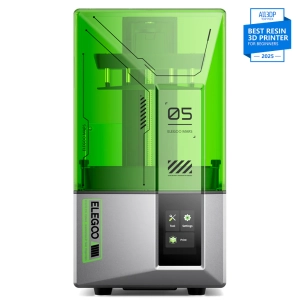
Best resin printer for small detailed models
If your goal is miniatures, jewelry, or ultra-smooth parts, the Elegoo Mars 5 Ultra is unmatched in its price class. Reviewers praise its fast resin cure times, razor-sharp detail, and automatic bed leveling. The new tilt-release feature also reduces suction stress, cutting failure rates dramatically.
(Image: Elegoo Mars 5 Ultra printing miniatures)
For Intermediate Makers
Anycubic Kobra 3 V2 Combo
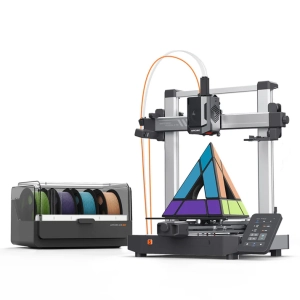
This machine bridges the gap between hobbyist and serious maker. It includes a filament dryer, optional multi-color printing, and speeds up to 600 mm/s—all in a user-friendly package. Real-world testing shows it’s ideal for people printing daily parts or small production runs.
Highlights:
-
Great value for multicolor capability
-
Fast, stable prints with minimal tuning
-
Generous build volume for most household and design projects
(Image: Anycubic Kobra 3 V2 Combo with multicolor AMS attachment)
Creality K1C

Creality’s K1C is a leap forward for those who want to print stronger materials like carbon fiber. With a 300°C hotend, enclosed chamber, and blistering 600 mm/s speed rating, it’s built for serious experimentation. Despite its performance, it’s still approachable and reasonably priced for what it offers.
Ideal for:
-
Makers who want to explore advanced filaments
-
People upgrading from open-frame printers
-
Workspaces that benefit from an enclosed, cleaner print environment
(Image: Creality K1C printing inside its enclosed chamber)
Prusa CORE One L

Prusa’s long-awaited Core XY printer delivers the precision and reliability the brand is famous for, now in an enclosed and thermally balanced design. It’s ideal for schools, design studios, and anyone who needs dependable print consistency day after day.
Why users love it:
-
Premium construction and print accuracy
-
Excellent customer support and firmware updates
-
Designed for longevity and continuous use
(Image: Prusa CORE One L in a lab setting)
For Advanced Users and Small Shops
Bambu Lab H2S

The H2S is a beast. It offers a massive 340×320×340 mm build volume, blazing speeds up to 1,000 mm/s, and an actively heated chamber for high-performance materials. Reviewers describe it as “shockingly fast” with results that look polished even at speed.
Who it’s for:
-
Print farms, prop makers, and professional designers
-
Users who need large parts printed in one go
-
Teams producing high-end prototypes or end-use components
(Image: Bambu Lab H2S printing a large multicolor helmet)
Bambu Lab H2D

If you’re looking for versatility, the H2D is more than a printer—it’s a creative workstation. It features dual tool heads for multi-material printing, and optional modules for laser engraving or cutting. It handles engineering-grade filaments with precision and consistency.
Pros:
-
Modular design with serious power
-
Built-in chamber heating and advanced cooling system
-
Compatible with AMS 2 for high-speed color changes
Cons:
-
Software updates still catching up to its potential
(Image: Bambu Lab H2D with dual extruders and laser tool module)
Creality K2 Plus

Crowned by reviewers as 2025’s best overall 3D printer, the K2 Plus combines multi-color printing, a fully enclosed Core XY frame, and a large print volume—all at a very competitive price. It’s ideal for small shops or serious hobbyists who want professional-level output without spending $2,000+.
Why it wins:
-
Strong print sensors and self-monitoring features
-
Excellent print speed and surface finish
-
Balanced between affordability and capability
(Image: Creality K2 Plus Combo with multicolor unit)
Anycubic Photon Mono M7 Max
For advanced resin users, this one’s unmatched. With a huge print volume and 14K screen resolution, the M7 Max produces parts that look injection-molded. Heated resin control and drip-tilt mechanisms also make it more efficient for production-scale printing.
Perfect for:
-
Studios producing props, figures, or dental molds
-
Users who value precision and surface quality above all else
(Image: Anycubic Photon Mono M7 Max printing a full-size mask)
Quick Buyer’s Guide
Speed and reality
Most of the “1,000 mm/s” claims are in ideal conditions, but modern Klipper-based systems like the Ender 3 V3 KE and Bambu’s Core XY printers are genuinely fast in real-world use.
Chamber heat and enclosures
If you want to print nylon, ASA, ABS, or carbon fiber blends, look for an enclosed printer with active heating. The H2S, H2D, and K2 Plus are standouts.
Multi-color printing
Both Bambu’s AMS and Creality’s CFS systems have matured, offering reliable color changes with less waste. They’re worth it if you print frequently in multiple colors.
Long-term support
Choose brands that actively update firmware and offer spare parts. Bambu Lab, Prusa, and Creality have proven track records for ongoing support.
Final Thoughts
The 3D printer market in 2025 feels like the moment everything clicked—speed, quality, and user-friendliness have finally aligned.
For beginners, the Bambu A1 Mini is an effortless start.
For everyday makers, the Anycubic Kobra 3 V2 Combo hits the sweet spot of price and performance.
And for advanced users or production work, the Bambu H2S sets a new standard for speed and reliability.
Whichever you choose, this is a great year to dive in. The technology has finally caught up with the promise.

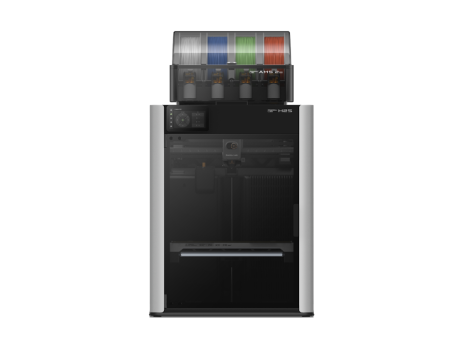




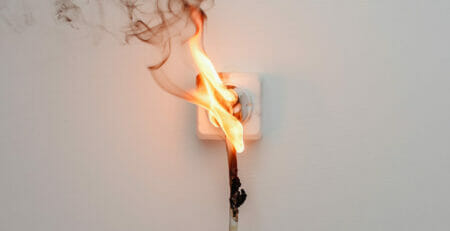

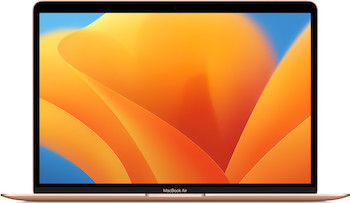

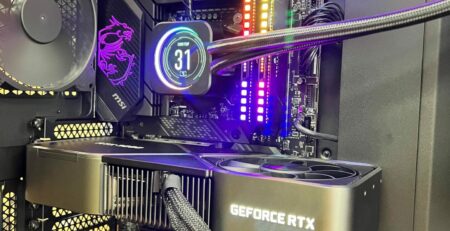

Leave a Reply